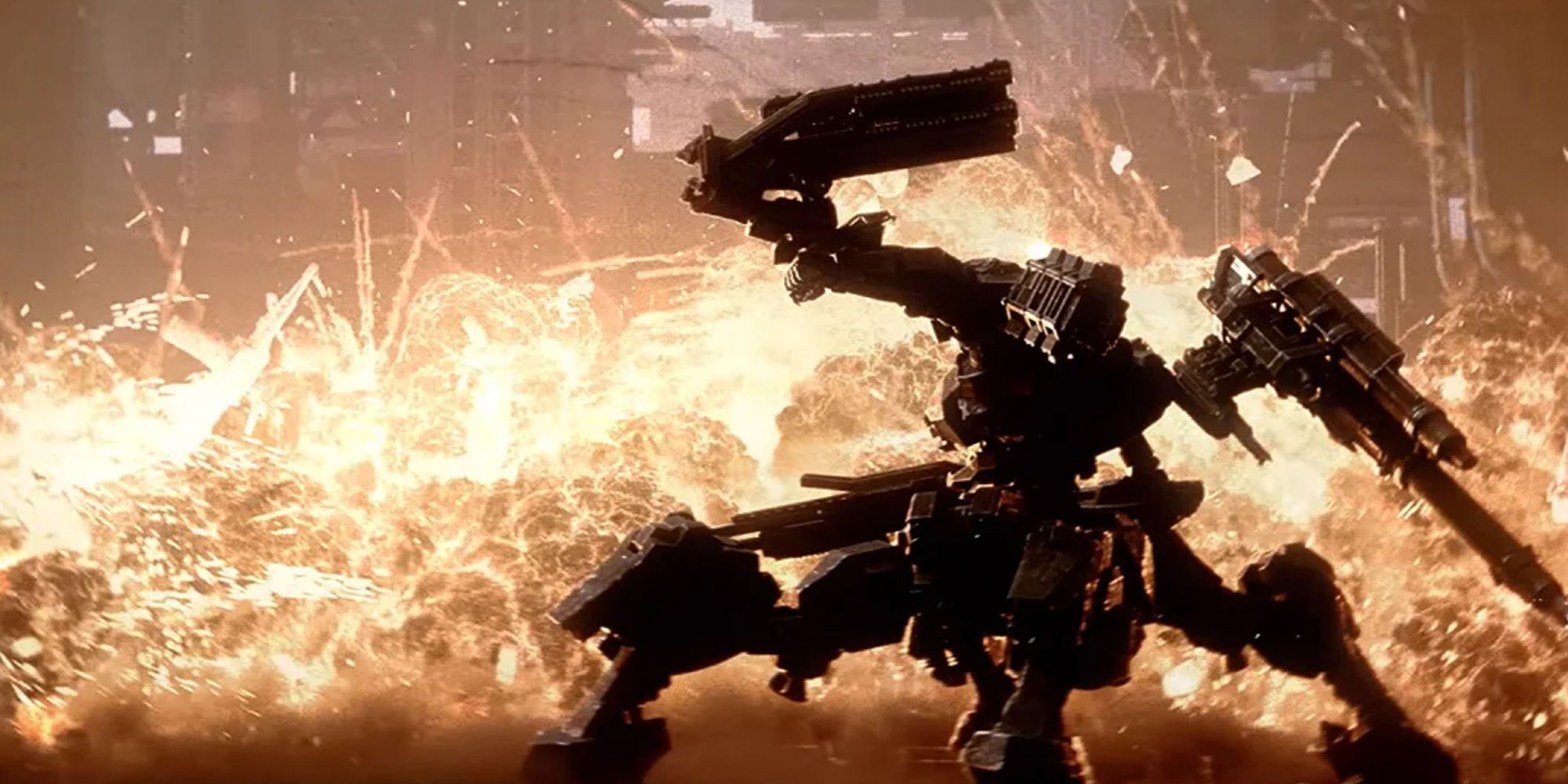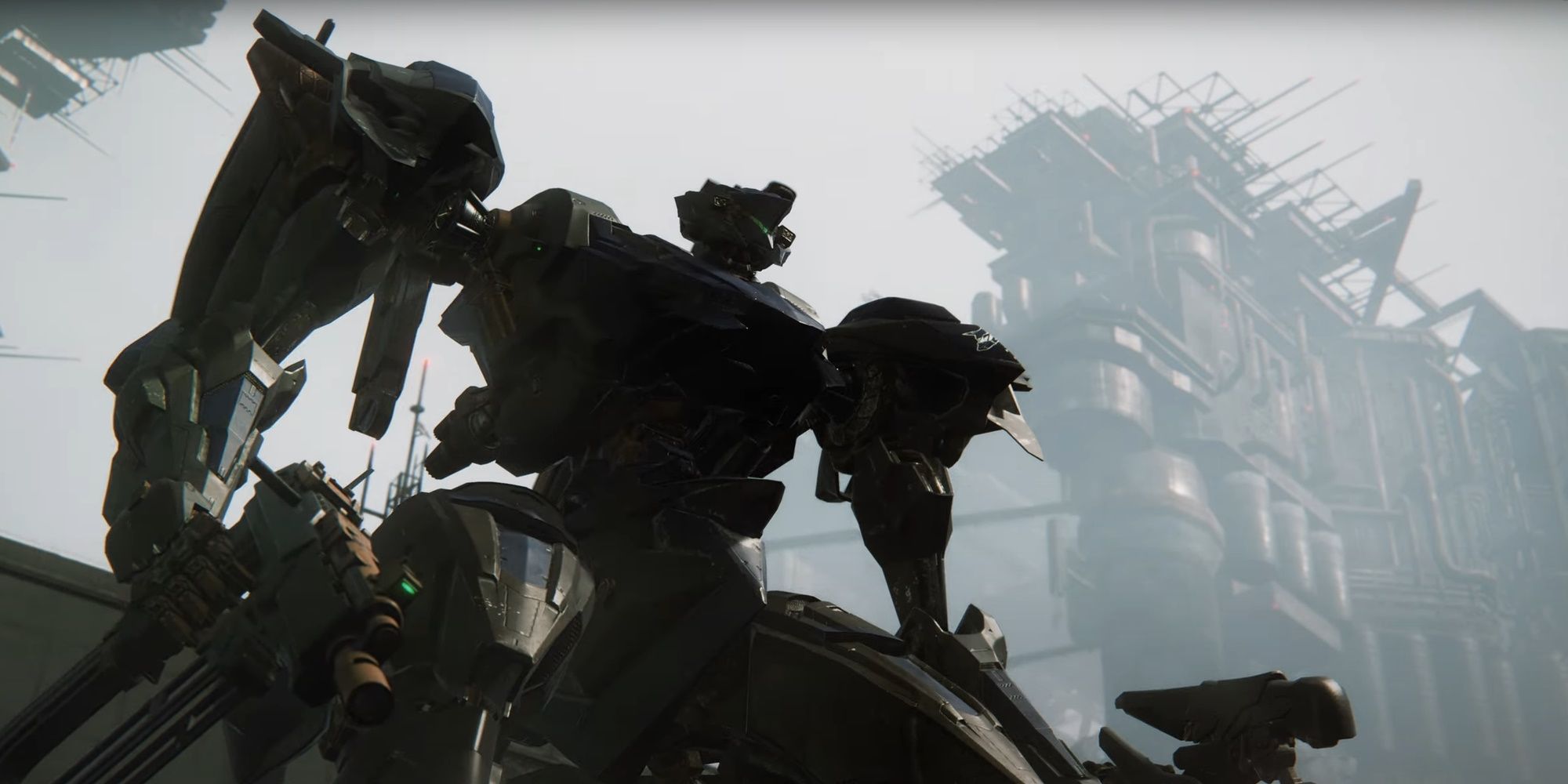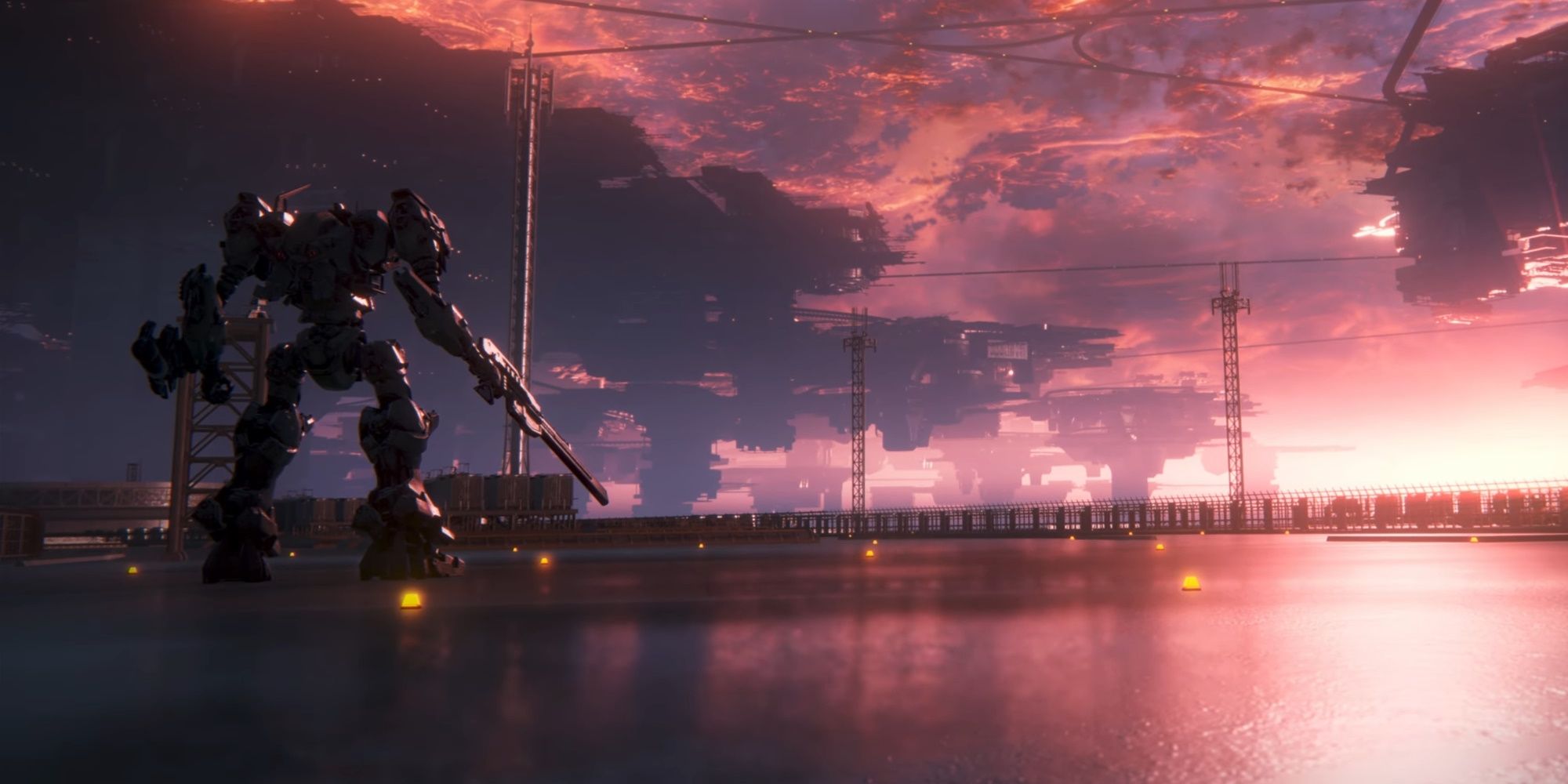Starfield was announced at E3 2018. The Elder Scrolls 6 was announced at the same show, and was still in pre-production as of June last year, so we won’t be seeing that for a good few years. Cyberpunk 2077 was announced in 2012 and released, albeit after multiple delays, in 2020, an eight year period during which developer CD Projekt Red drip-fed players announcements, screenshots, and trailers to keep excitement at fever pitch.
This is a problem. Cyberpunk 2077 was obviously a monumental flop upon release, barely working. The RPG underneath was fine, but misunderstood the cyberpunk genre and didn’t do anything revolutionary. After nearly a decade of build-up, of theorycrafting and wishlisting, fans were understandably disappointed.
At the opposite end of the spectrum is Elden Ring. Revealed a year after Starfield and TES6, but anticipated well before that thanks to leaks, it more than lived up to its promise. The length of time between announcement and release paid off, and fans were treated to a FromSoftware classic. But it was a risk, and I’m glad that the developer has chosen a different approach for Armored Core 6: Fires of Rubicon.
Armored Core 6 was announced at The Game Awards in December last year. It will release in just three months’ time, in August. That is a bafflingly short time from announcement to release, especially in the triple-A space. FromSoftware has the pedigree to build years and years of hype and excitement for any game it announces, giving players a screensaver here, a gameplay snippet there. Instead, it’s going against the grain and serving us a different type of excitement: that of a surprise.
This fits remarkably well with the Armored Core series. Despite five previous instalments, very few people I know have played any of them, and a lot of my IRL friends, casual gamers mostly, haven’t even heard of the series. Dark Souls has name recognition, and even these people heard inklings of Elden Ring because it was given so long to fester at the edges of our consciousness, knowing so little but expecting so much. Armored Core? Never heard of it mate. Big robots? Sure, I’m in.
You might think that a long announcement period would benefit a game like Armored Core. It might give players a chance to play the five Armored Core games that already exist, to start to understand the series, and to get excited for what a 2023 version would look like. I’d certainly attempt a marathon if the release date wasn’t three short, summer months away.
Plot isn’t vital to Armored Core, big robots are. I know this because, instead of playing all five games, I watched someone review them all on YouTube. I’m no closer to guessing what FromSoftware will do next in the series, but at least I know what’s come before. Abstruse controls, weird camera movement, brutal fights. Sounds like the FromSoft I know.
I don’t really care what Armored Core 6 is. I don’t care if it’s clunky, I don’t care which parts of the robot you can upgrade and which you can’t. I’ll probably just buy it anyway, out of professional courtesy and personal curiosity. How wrong can big robots go? I think a lot of people will do the same, banking on FromSoftware’s stellar track record to pull through. And we’ll probably all enjoy it, so long as we don’t go in expecting Bloodborne-But-Mechs.
That’s exactly what this short announcement period does. It manages expectations. It stops fans from constructing theories that are too wild, too technical, or too far away from the developer’s vision. Of course, all that will still happen, just on a smaller scale than Elden Ring or Cyberpunk 2077. Years of silence from developers drives fans into a rabid frenzy, and there’s little way of knowing which way the scales will tip upon release. Armored Core 6’s marketing strategy is the antithesis of this modern gaming hype cycle, and I hope that more games will follow suit.



